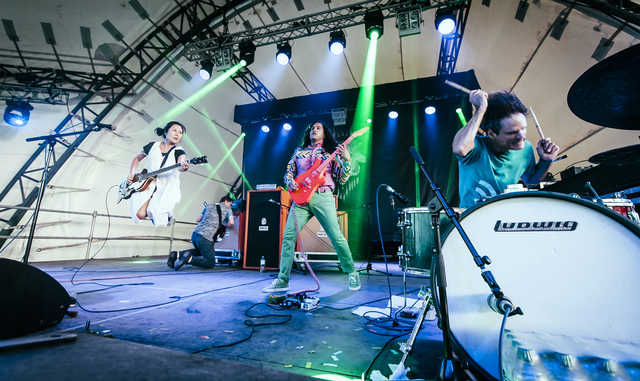Show Up!: Deerhoof’s Fever Dream
Live Album, Burque Gig Bring Band Full Circle


Latest Article|September 3, 2020|Free
::Making Grown Men Cry Since 1992

